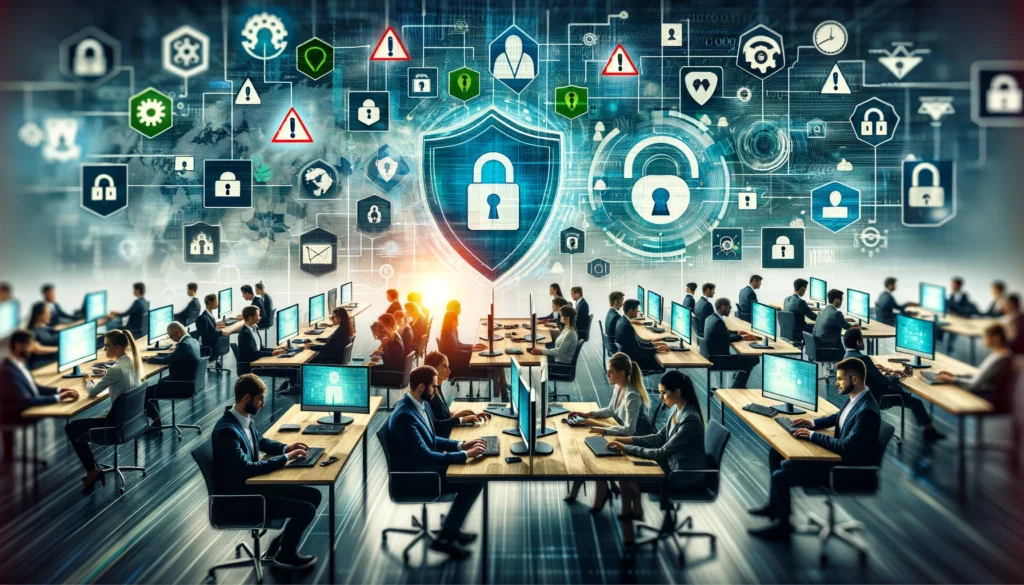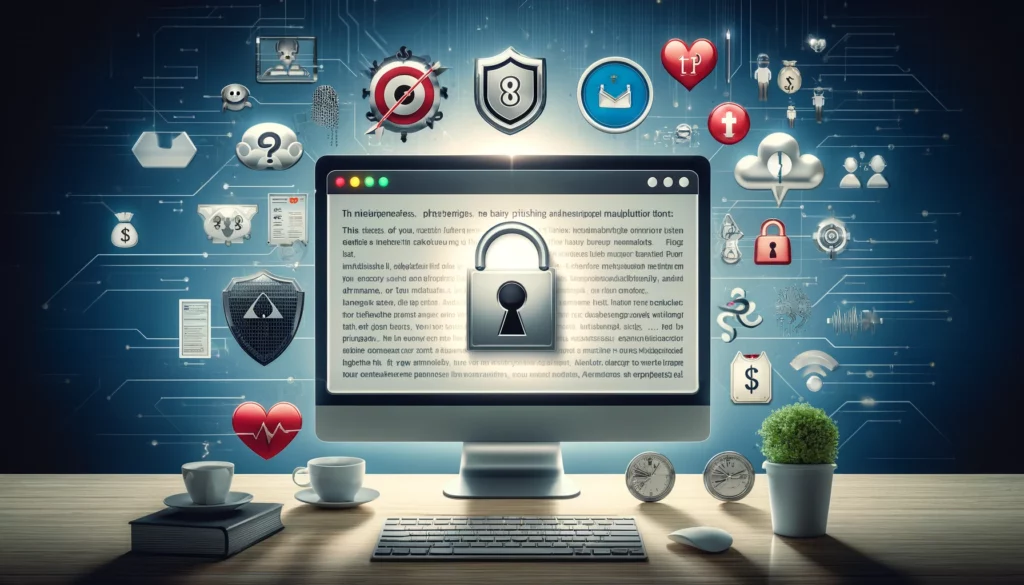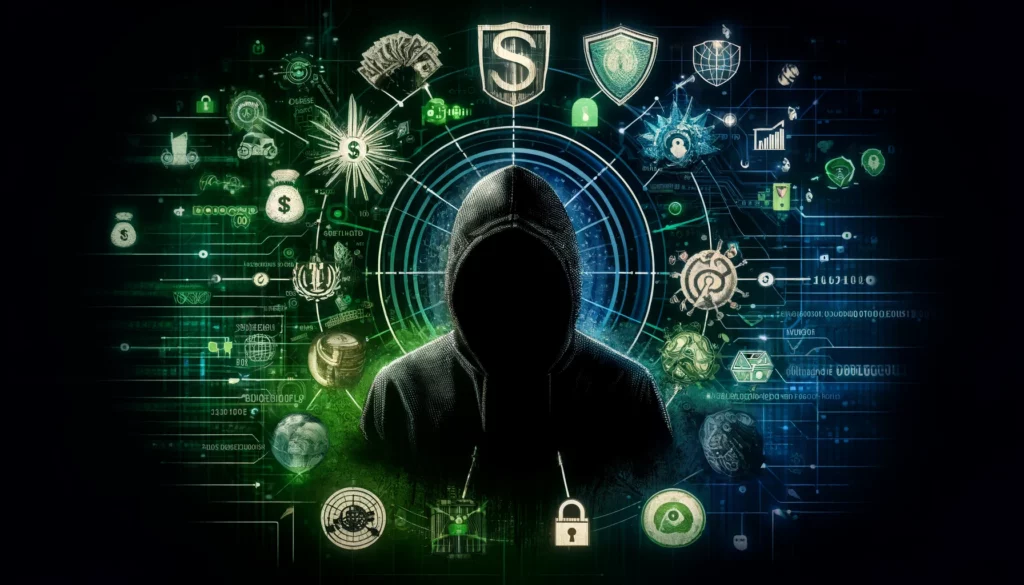Cognitive biases are systematic patterns of deviation from norm or rationality in judgment, which often lead to perceptual distortion, inaccurate judgment, illogical interpretation, or what is broadly called irrationality. While cognitive biases are a natural part of human decision-making, they can pose significant challenges in the field of cybersecurity. Understanding these biases and their impact on cybersecurity can help organizations mitigate risks and make more informed decisions. In this post, we will explore the role of cognitive bias in cybersecurity, identify common biases, and discuss strategies to counteract their effects.
Understanding Cognitive Bias in Cybersecurity
Cognitive biases can influence how individuals and organizations perceive and respond to cybersecurity threats. These biases can affect decision-making processes, risk assessments, and the implementation of security measures. In cybersecurity, where rapid and accurate decision-making is crucial, cognitive biases can lead to oversights, misjudgments, and vulnerabilities.
Common Cognitive Biases in Cybersecurity
- Confirmation Bias: This is the tendency to search for, interpret, and remember information that confirms one’s preconceptions. In cybersecurity, confirmation bias can lead professionals to overlook warning signs or dismiss information that contradicts their initial assumptions about a threat or vulnerability.
- Anchoring Bias: This occurs when individuals rely too heavily on the first piece of information they encounter (the “anchor”) when making decisions. In cybersecurity, anchoring bias can affect risk assessments, where initial information about a threat may unduly influence subsequent analysis and response strategies.
- Overconfidence Bias: This is the tendency to overestimate one’s own abilities, knowledge, or control over a situation. Overconfidence in cybersecurity can result in underestimating threats, overestimating the effectiveness of security measures, or neglecting necessary precautions.
- Availability Heuristic: This is the tendency to judge the likelihood of events based on their availability in memory, often influenced by recent experiences or vivid examples. In cybersecurity, this bias can lead to an overemphasis on recent or highly publicized threats, while neglecting less visible but potentially more dangerous risks.
- Groupthink: This occurs when a group’s desire for consensus leads to poor decision-making. In cybersecurity, groupthink can result in the collective dismissal of potential threats or the adoption of flawed security strategies due to a lack of critical evaluation.
- Sunk Cost Fallacy: This is the tendency to continue investing in a decision based on the cumulative prior investment (time, money, resources) despite new evidence suggesting that the cost of continuing outweighs the benefits. In cybersecurity, this can lead organizations to persist with ineffective security solutions or strategies because they have already invested heavily in them.
Impact of Cognitive Bias on Cybersecurity
The impact of cognitive bias on cybersecurity can be profound:
- Increased Vulnerability: Cognitive biases can lead to misjudgments about the severity or likelihood of threats, resulting in inadequate preparation and increased vulnerability to cyber attacks.
- Inefficient Resource Allocation: Biases can skew risk assessments and decision-making, leading to inefficient allocation of resources. For example, overconfidence might result in underfunding essential security measures, while availability bias might divert resources to high-profile but less significant threats.
- Delayed Response: Biases such as confirmation bias can cause delays in recognizing and responding to security incidents, allowing threats to escalate and cause more damage.
- Poor Incident Management: Groupthink and other biases can impair the effectiveness of incident response teams, leading to poor management of security incidents and slower recovery times.
Strategies to Mitigate Cognitive Bias in Cybersecurity
- Awareness and Training: Educate cybersecurity professionals about cognitive biases and their potential impact. Training programs can help individuals recognize their own biases and adopt strategies to mitigate them.
- Diverse Teams: Encourage diversity in cybersecurity teams to bring different perspectives and reduce the risk of groupthink. Diverse teams are more likely to challenge assumptions and consider alternative viewpoints.
- Structured Decision-Making: Implement structured decision-making processes that encourage critical evaluation and systematic analysis. Techniques such as red teaming, where a group takes an adversarial approach to challenge decisions, can help uncover biases and improve decision quality.
- Continuous Learning: Promote a culture of continuous learning and adaptability. Encourage cybersecurity professionals to stay informed about emerging threats, best practices, and lessons learned from past incidents.
- Regular Reviews and Audits: Conduct regular reviews and audits of security policies, procedures, and incident responses. Independent audits can provide an objective assessment and help identify biases that may have influenced decisions.
- Data-Driven Approaches: Use data-driven approaches to inform decision-making. Rely on empirical evidence and objective data rather than subjective judgment to assess risks and determine security strategies.
Conclusion
Cognitive biases are an inherent part of human decision-making, but their impact on cybersecurity can be significant. By understanding and addressing these biases, organizations can improve their cybersecurity posture, make more informed decisions, and better protect themselves against cyber threats. Implementing strategies to mitigate cognitive biases is essential for creating a resilient and adaptive cybersecurity framework that can effectively respond to the dynamic and evolving threat landscape.

Penetra Cybersecurity is at the forefront of defending the digital frontier, providing cutting-edge solutions to protect businesses and organizations from the ever-evolving threats of the cyber world. Established with a mission to create a safer internet for everyone, Penetra leverages a blend of advanced technology, expert knowledge, and proactive strategies to stay ahead of cybercriminals.
Ready to take the next step towards a more secure future? Schedule a consultation with us today and discover how we can help protect what matters most to you. Don’t wait until it’s too late—with Penetra Cybersecurity, your business isn’t just secure; it’s imPenetrable.




